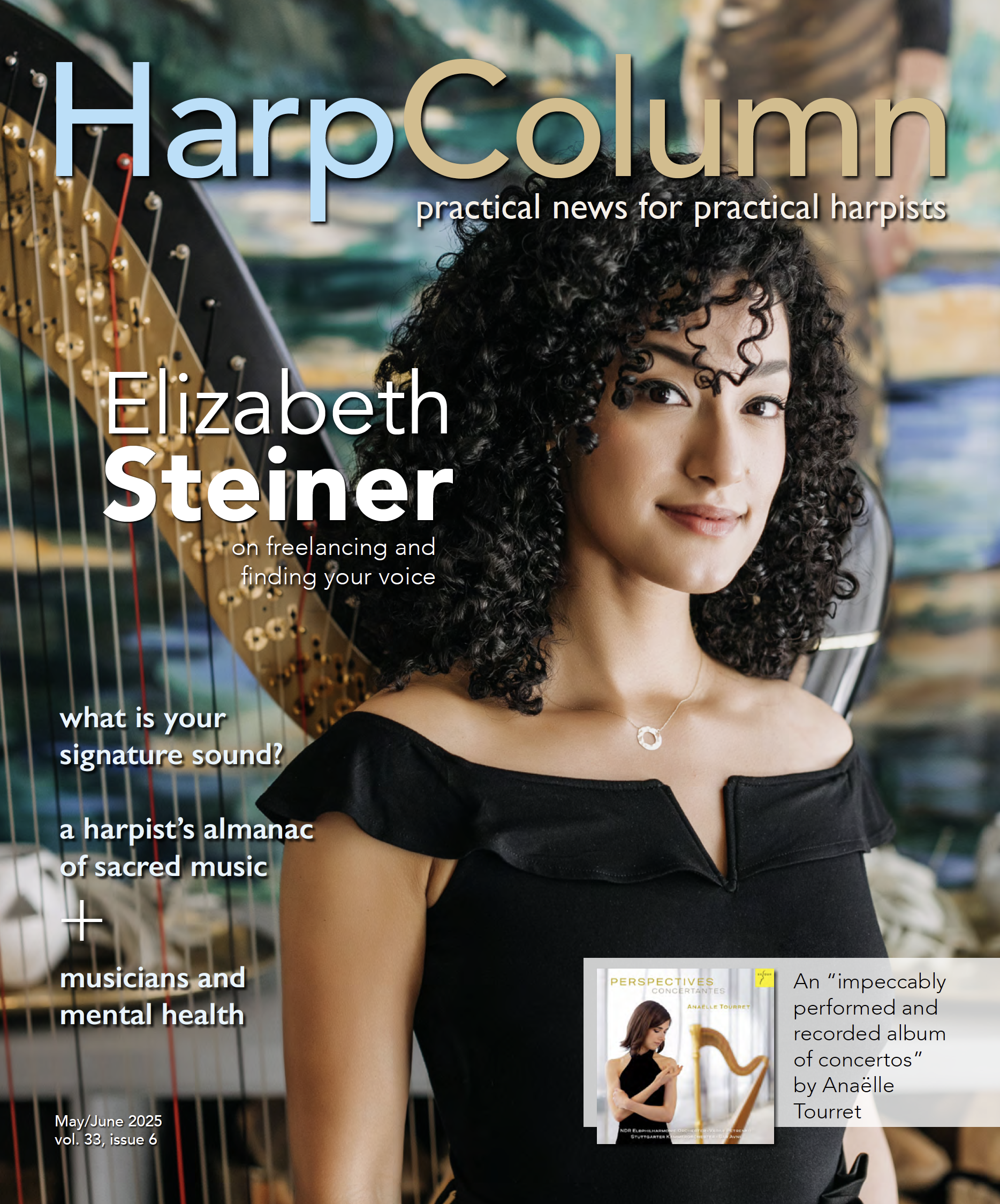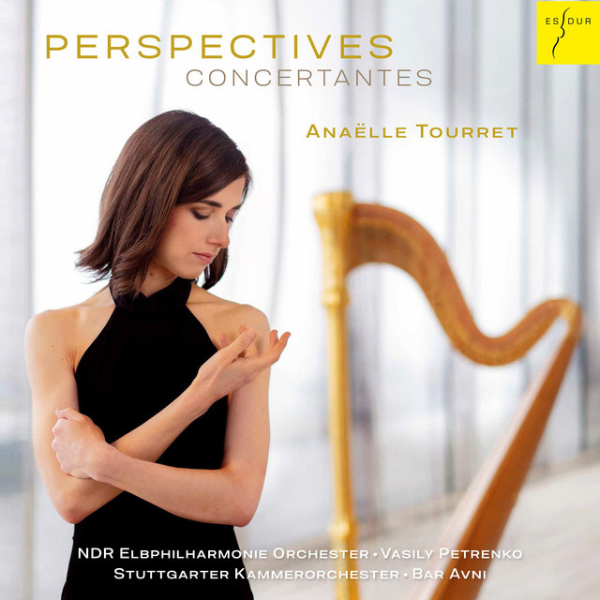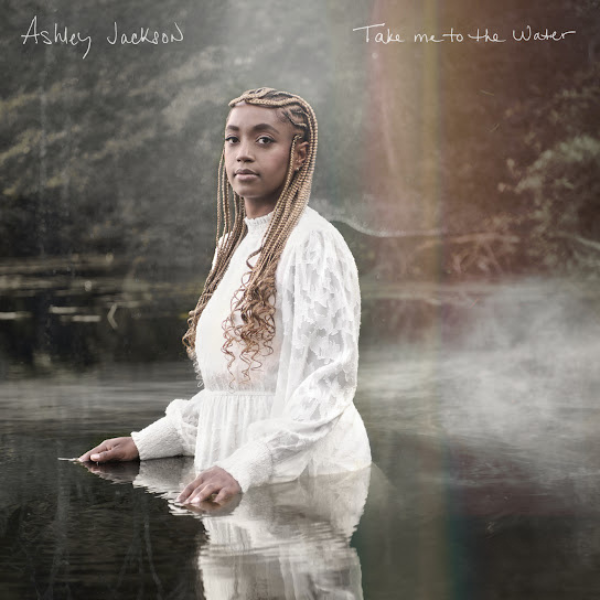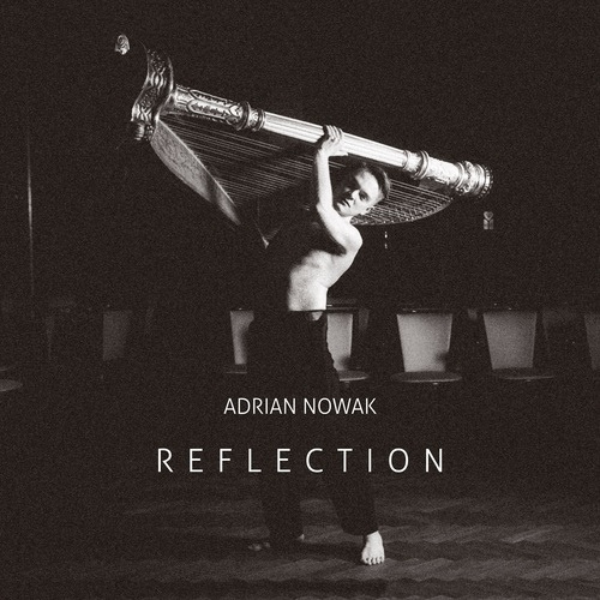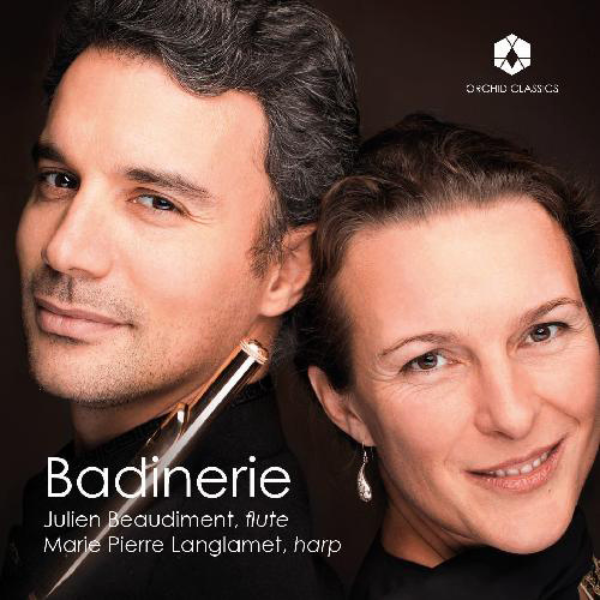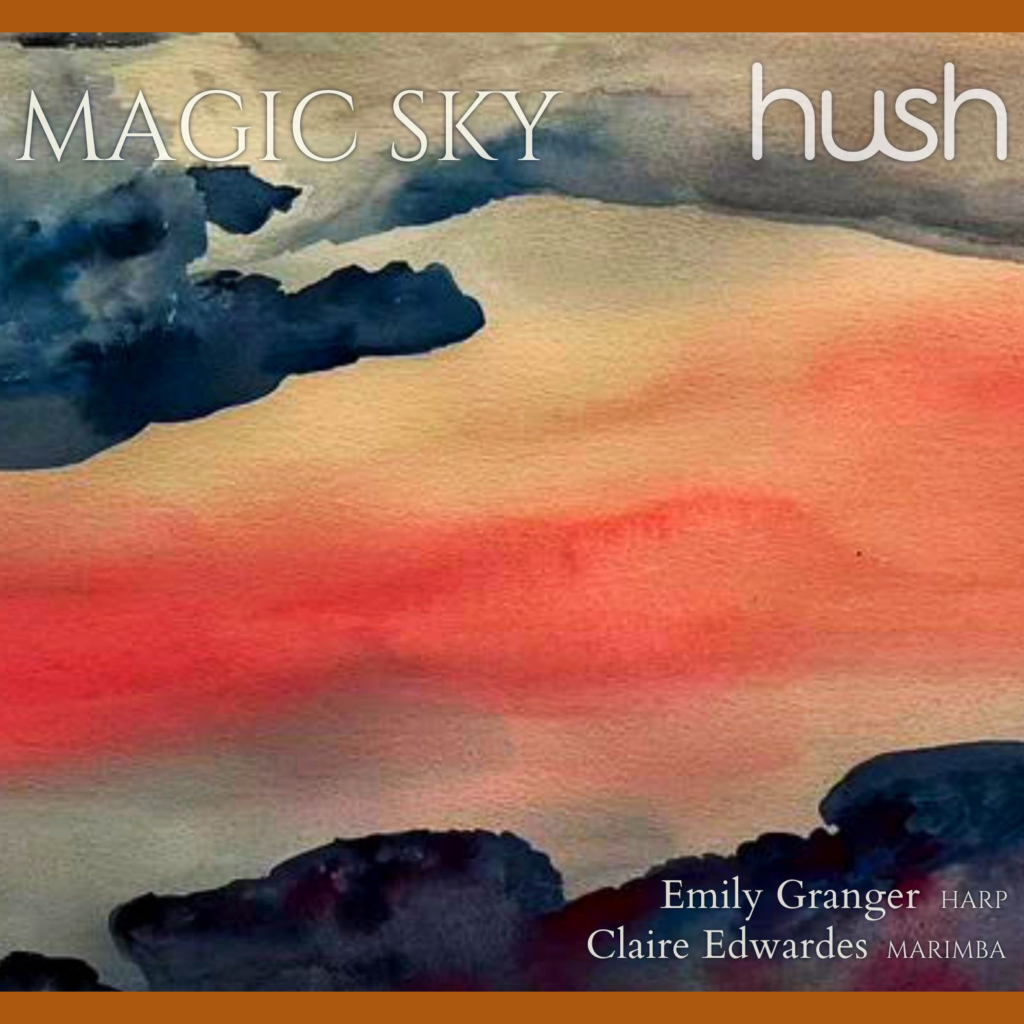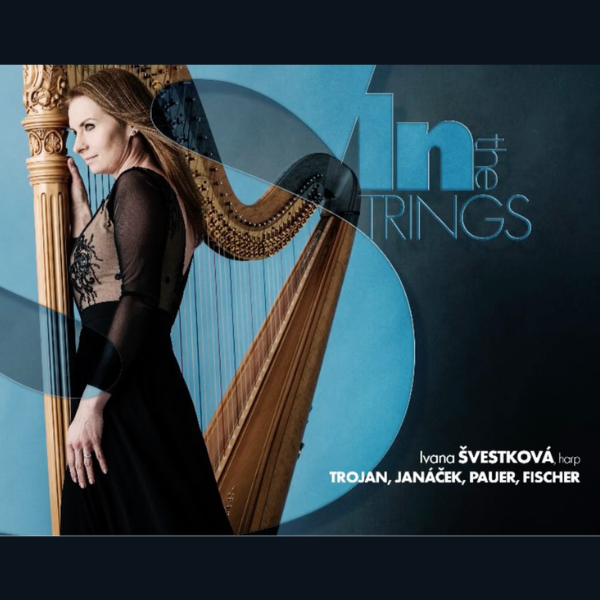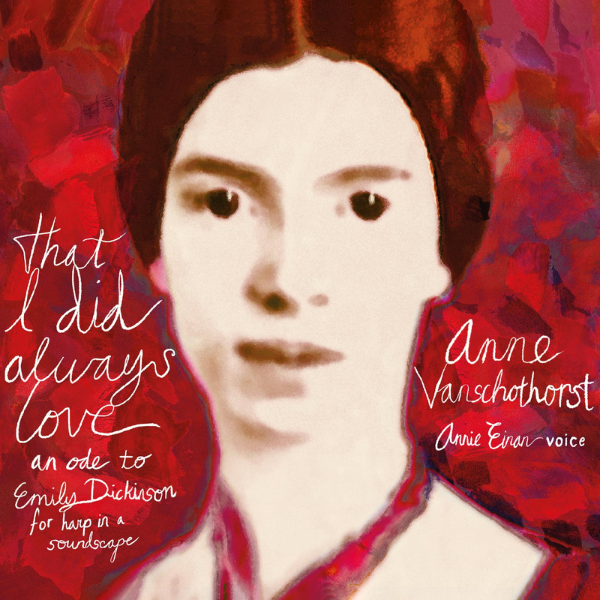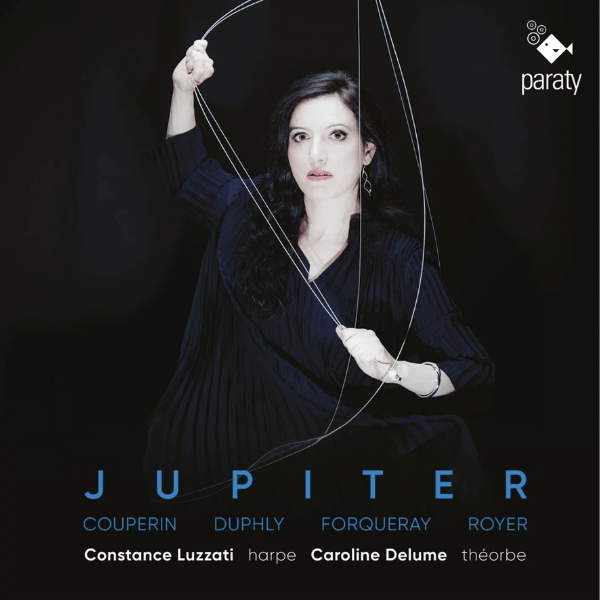
10/10
Constance Luzzati, harp.
Paraty, 2024.
In the 18th century, transcribing a single work for many instruments was commonplace. In fact, composers seemed to invite this behavior suggesting a piece might be written for clavecin (an early type of harpsichord) while they eagerly desired the work be played on any keyboard or plucked instrument that was on hand.
So it makes sense that French harpist and musicologist Constance Luzzati has made it her life’s ambition to expand the modern harp repertoire by making dozens of transcriptions from this era.
Her bold new album Jupiteris a remarkable collection of some of these original transcriptions for harp, with a handful bolstered by the low resonance of the theorbo played by the talented Caroline Delume.
What makes these works so delectable is their equally challenging requirements of refinement and virtuosity. The music leaves an impression of the dramatic with a deeply longing character. Luzzati pushes the technical and sonic boundaries of what we expect from the harp, blending unusual timbres and leaning into these expressive qualities, ofttimes sounding less like a harp and more a lute with a fantastic range.
Take the highly chromatic L’Incertaine (“The Uncertain”) by Joseph-Nicolas-Pancrace Royer. Luzzati invites us to an unsettled space of appoggiatura upon appoggiatura, reveling in the resultant dissonance. Absolutely glorious is the title track by Antoine Forqueray, a masterclass in athleticism and code switching where the harp sounds remarkably un-harp-like in the most pleasing way.
Luzzati explains how her arrangements succeed. “In pieces written in the ‘lute’ style, with resonances that are written to tangle together, the harpsichordist has to keep his fingers down on purpose for the connections to take place. The harpist, on the other hand, has ‘nothing special to do,’ since by nature the resonances will blend. The roundness of sound and fading, so difficult to find on the harpsichord, come naturally to the harp.”
In the more keyboard-like works, like Michel Corrette’s Suite No. 1 “Les Giboulées” (“The Showers”), Luzzati presents a more light and tactile quality. Whereas in Royer’s La Marche des Scythes, Luzzati jumps headlong into a wild expansiveness that leaves no part of the harp untouched.
Perhaps most daunting is Duphly’s terrifying Médée, a showcase for Luzzati’s ability to build tension. But then she easily switches characters for the lighter-than-air quality of highly adorned works by François Couperin, particularly the wondrously puzzling Les Barricades mistérieuses (Mysterious Barricades).
There’s a dreamy, out-of-time quality to this recording, or maybe I should say a modern quality that offers us a unique take on the ancient.




